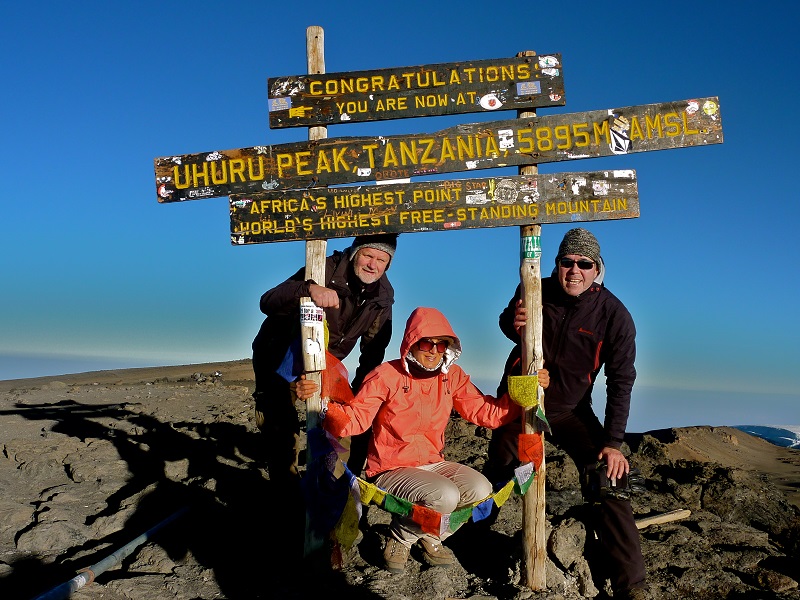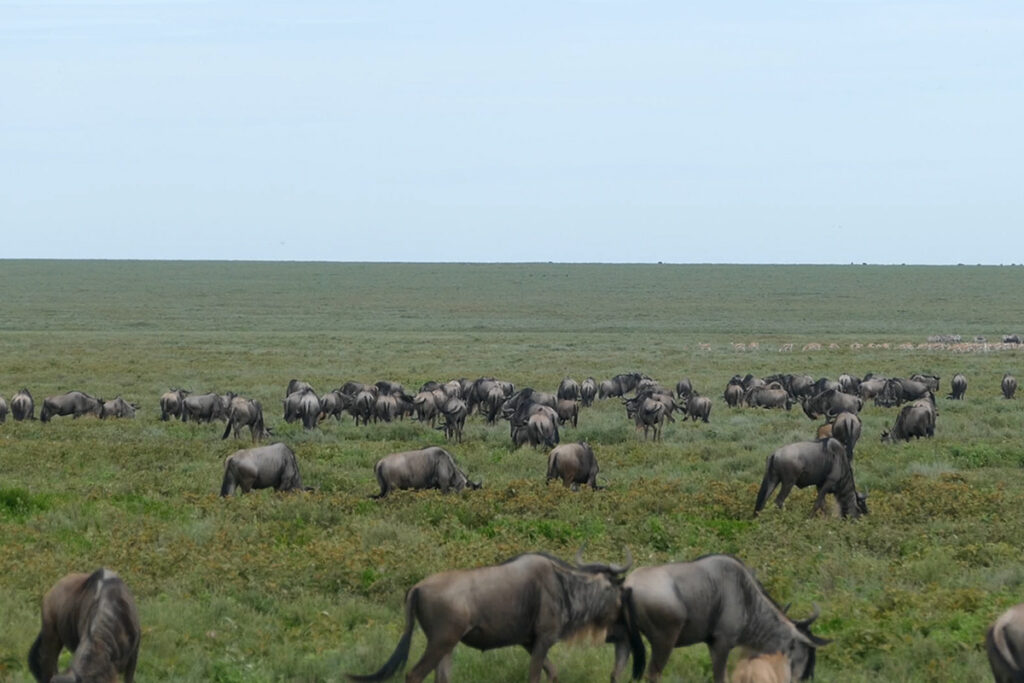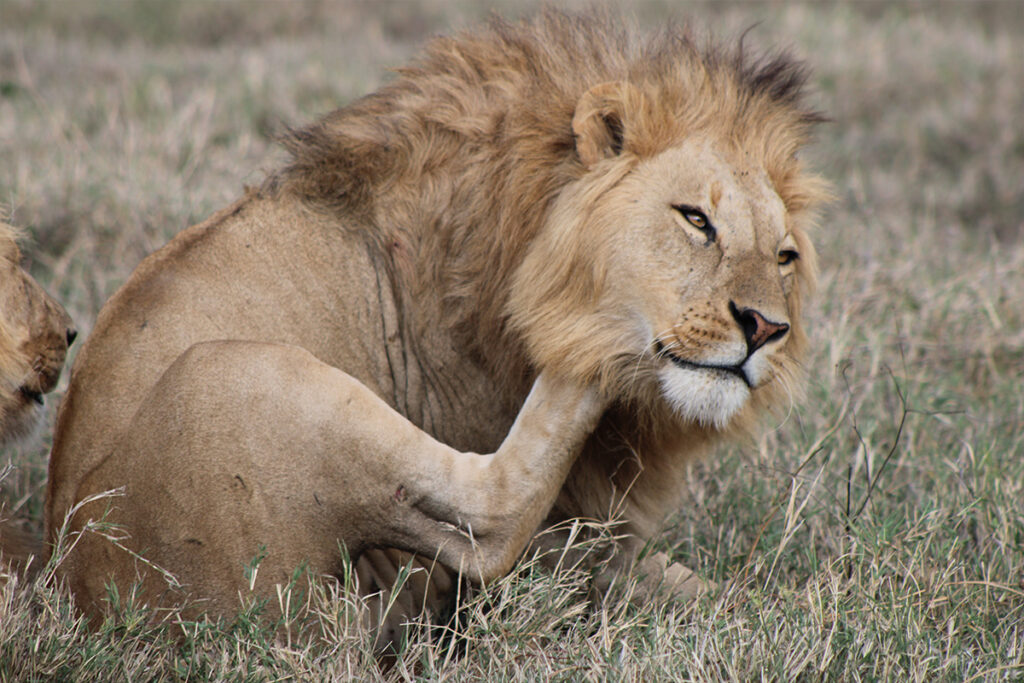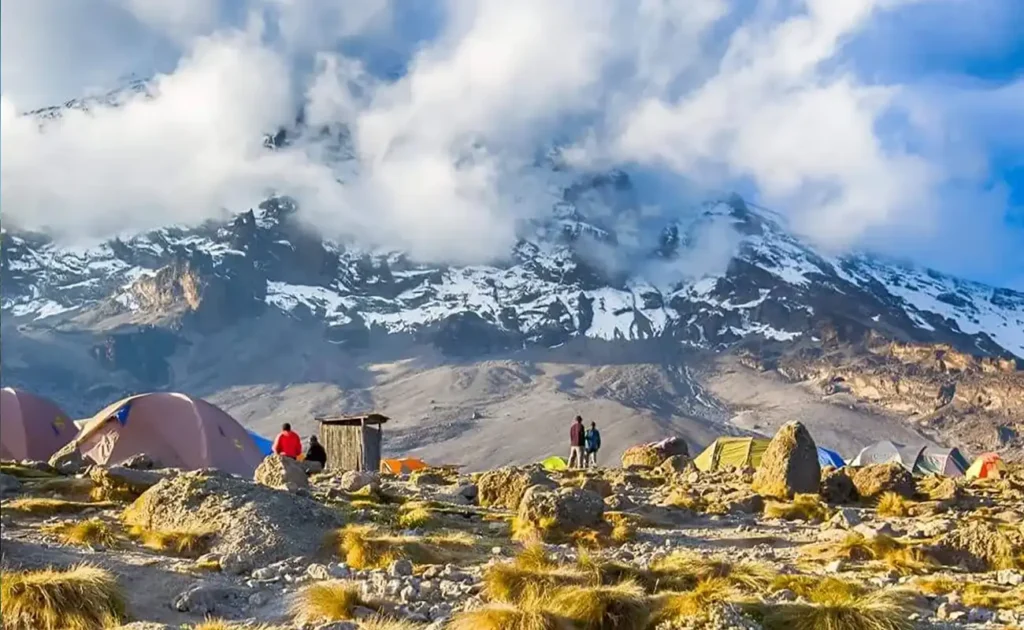Have you ever considered that approximately 30,000 people attempt to climb Mount Kilimanjaro every year? Despite being one of the most sought-after trekking destinations, the journey to the summit is no easy feat. From the unpredictable weather patterns to the challenging terrain, Kilimanjaro poses unique obstacles even to the most seasoned climbers.
Standing at 5,895 meters, Kilimanjaro is the highest free-standing mountain in the world. While it doesn’t require technical climbing skills, the altitude and potential for altitude sickness is one of the biggest challenges climbers face. Success rates hover around 65%, proving that this adventure requires not only physical strength but also mental fortitude and meticulous preparation.

How hard is it to climb Kilimanjaro?
Climbing Mount Kilimanjaro is no easy task. At nearly 6,000 meters, it is the tallest mountain in Africa. Many people try to summit it, but not all succeed. The climb is not technical, meaning you don’t need ropes or special equipment. However, the altitude poses a significant challenge.
The weather on Kilimanjaro is unpredictable. Climbers may experience sunshine at one moment and snowstorms the next. These sudden changes require climbers to be prepared for anything. Packing the right gear and clothing is crucial. It ensures their safety and comfort during the adventure.
Altitude sickness is another hurdle. As climbers ascend, oxygen levels decrease, making it harder to breathe.
- Symptoms include headaches
- nausea
- dizziness
To combat this, climbers often take it slow, allowing their bodies to adjust. Many even take extra days to acclimatize.
Despite these challenges, the climb offers immense rewards. The breathtaking views from the summit make it all worthwhile. Each successful step brings a sense of achievement. Many climbers bond over the shared experience. It is an adventure that leaves lasting memories.
The challenge of altitude and weather
The altitude on Mount Kilimanjaro presents a serious obstacle. As climbers go higher, the air gets thinner. Less oxygen can cause fatigue and difficulty breathing. Many experience altitude sickness, which includes headaches and nausea. This makes the journey tough even for seasoned adventurers.
Weather conditions on Kilimanjaro are also unpredictable. The mountain has five different climate zones. Starting in a rainforest, you might end up in icy, snowy conditions. This diversity requires careful preparation. Climbers must be ready for any weather scenario.
Having the right gear is essential.
- Warm clothing for cold nights
- Waterproofs for rainy days
- Footwear for rocky terrain
Good equipment can make or break the climb. It helps to stay comfortable and focused despite harsh conditions.
Mental toughness is equally crucial. Facing these challenges can be daunting. But, staying positive and determined helps climbers push through. Many find strength in their team and the stunning landscapes. Together, they conquer the altitude and weather.
Preparation for Climbing Kilimanjaro
Getting ready for Kilimanjaro involves both physical and mental preparation. It’s crucial to be in good shape, so start with regular exercise. Hike, run, or bike to build your stamina. Physical strength helps you handle the long trek. Don’t forget to train with a backpack to get used to the weight.
Researching the best routes is also essential. Each route has its unique features and difficulties. Consider factors like duration, scenery, and difficulty level. Choose a route based on your experience and fitness level. This can significantly affect your climb’s success.
Having the right gear can make all the difference.
- Layered clothing for varied weather
- Good quality hiking boots
- Headlamp for night hikes
Don’t skimp on quality, as dependable gear ensures comfort and safety. Pack light but be sure to include everything necessary for various climates.
Mental preparation is equally important. Kilimanjaro is as much a mental challenge as it is a physical one. Stay positive and motivate yourself. Joining a group can provide much-needed support. The camaraderie built during the climb can be immensely encouraging.
The Mental Challenge of Climbing Kilimanjaro
Climbing Mount Kilimanjaro is not just about physical strength. The mental challenge is significant and can impact the entire experience. Elevation changes and long days can test patience and resolve. Support from guides and fellow climbers becomes crucial along the path. Staying optimistic can make a world of difference.
Fear and doubt often creep in during the journey. As the altitude increases, climbers might feel unsure about reaching the top. It’s important to focus on small goals rather than the whole ascent. Celebrate each milestone, no matter how minor it seems. This strategy keeps the climb manageable and spirits high.
Mindset management is key to success. Practicing techniques such as meditation or visualization before the trip can be beneficial. Imagining a successful climb boosts confidence. Some climbers also find journaling helpful. These methods aid in maintaining a calm and focused mind.
Camaraderie plays a vital role in overcoming mental hurdles. Sharing stories and laughs can lighten the mood during tough times. Encouragement from teammates can push climbers through difficult patches. Forming bonds while climbing Kilimanjaro creates lasting connections. Together, the group faces and conquers mental trials.
Facing and conquering these challenges is a rewarding experience. The mental strength gained from Kilimanjaro can be applied to many life situations. Knowing one has pushed through limits brings immense personal growth. Climbing the mountain becomes a transformative journey. It’s an achievement that resonates long after the climb is over.
Frequently Asked Questions
Climbing Mount Kilimanjaro is an exciting adventure that many dream of undertaking. Here are some common queries that provide insights into planning and experiencing this breathtaking trek.
1. What is the best time of year to climb Kilimanjaro?
The best times to climb Kilimanjaro are during the dry seasons. These usually occur from January to mid-March and from June to October. During these months, the weather is more stable, offering clearer views and more manageable trekking conditions. Rainy seasons, in contrast, can make the trail slippery and challenging.
Climbers often prefer the dry seasons to avoid heavy rain, which can dampen the experience. Additionally, these times are popular due to better visibility and a higher success rate reaching the summit. However, expect more climbers on the mountain during these peak periods, so advance booking is essential.
2. How long does it take to climb Kilimanjaro?
The duration of a Kilimanjaro climb varies depending on the route chosen. Generally, it takes between five to nine days to reach the summit and return. Longer itineraries allow for better acclimatization, reducing the risk of altitude sickness. Routes like the Lemosho and Machame extend up to eight or nine days.
Taking extra days for acclimatization significantly increases the chances of a successful ascent. It provides ample time for the body to adjust to the altitude, enhancing both safety and enjoyment. Shorter treks may seem tempting but often result in lower summit success rates.
3. Do I need a guide to climb Kilimanjaro?
Yes, hiring a guide is mandatory when climbing Kilimanjaro. The Tanzanian government requires all trekkers to be accompanied by a registered guide. Guides ensure safety, offer insights about the mountain, and are adept at handling emergencies. They also help in navigation and adjusting the pace for climbers.
Having a guide enriches the Kilimanjaro experience by providing local knowledge and cultural insights. They organize logistics, such as securing permits and managing supplies. This allows climbers to focus on enjoying the journey while ensuring their safety is prioritized.
4. What are the most popular routes to climb Kilimanjaro?
Several routes lead to Kilimanjaro’s summit, each with unique features. Popular ones include the Marangu, Machame, and Lemosho routes. Marangu, often called the “Coca-Cola route,” offers hut accommodations. Machame provides diverse landscapes, while Lemosho is noted for its scenic beauty and quieter paths.
The choice of route depends on personal preference, experience, and the number of days available for the trek. Each route offers different acclimatization profiles and challenges. Consulting with experienced trekkers or tour operators can help determine the most suitable route for individual goals and circumstances.
5. What should I pack for climbing Kilimanjaro?
Packing the right gear is crucial for a successful Kilimanjaro climb. Essential items include layered clothing, a warm sleeping bag, sturdy boots, and a quality daypack. Weather can change rapidly, so waterproof gear and extra warm layers are vital. Along with clothing, items like sunglasses, a headlamp, and energy snacks are important.
Proper packing ensures comfort across Kilimanjaro’s multiple climate zones. It’s advisable to make a checklist and possibly rent gear to suit specific needs. Being well-prepared contributes significantly to the overall safety and enjoyment of the climb.
Conclusion
Climbing Kilimanjaro is not just a physical endeavor but a profound mental journey. It compels climbers to push beyond their limits and embrace new challenges. The experience fosters resilience, growth, and a sense of accomplishment that lingers long after the descent.
With thorough preparation and the right mindset, the trek can be a rewarding adventure. It combines breathtaking landscapes with personal triumphs, creating memories that last a lifetime. Kilimanjaro stands as a compelling testament to the spirit of adventure and discovery.



